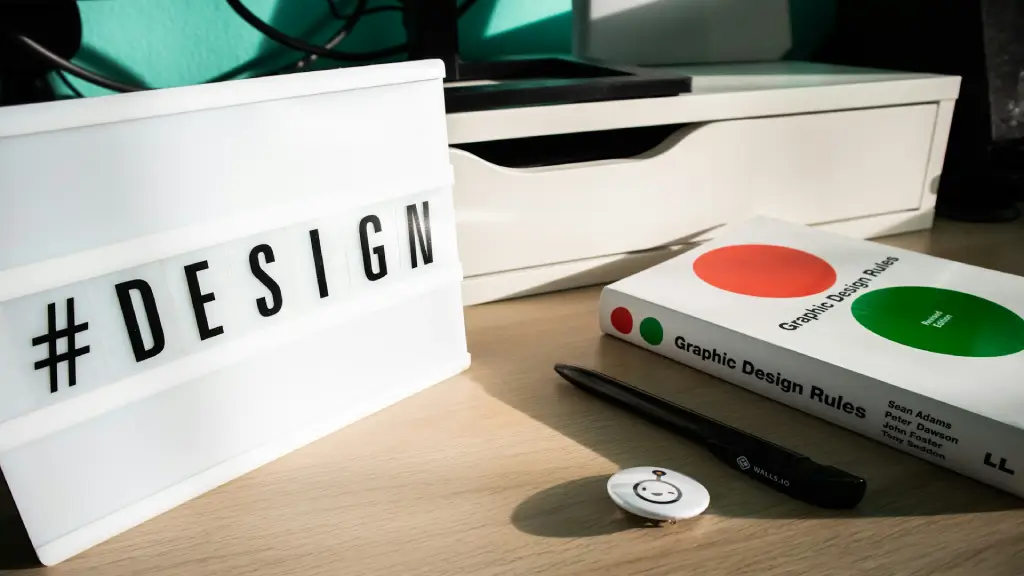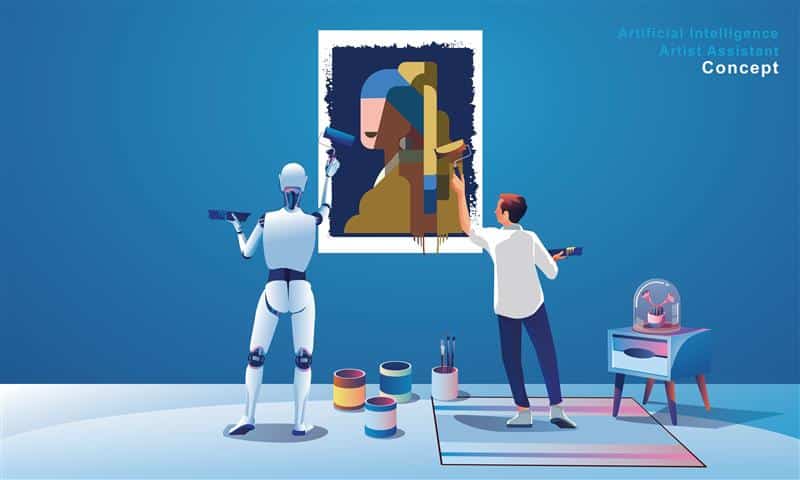Do you remember your days in school or college when you were nominated the unofficial head of a ragtag group tasked with producing a halfway decent presentation in PowerPoint? Chances are, you ended up pulling an all-nighter while your “team” showed up the next day and read off your slides like they helped. Maybe you had conscientious groupmates-I won’t judge. But the point is: you probably wished you had something (or someone) to just do the heavy lifting for you.
Fast forward to 2025, and that “something” has arrived: artificial intelligence.
AI is quietly, yet powerfully, transforming how design work gets done. From ideation to execution, it’s changing not only the tools we use-but also the way we think about creativity itself. Whether you’re a graphic designer, UI/UX lead, startup founder, or marketing generalist dabbling in Canva, the shift is already underway.
In this article, we’ll explore how AI is changing the design process, the top tools leading this change, and how smart creative teams are adapting. Spoiler alert: the robots aren’t taking your job-they’re changing how you do it.
What’s Really Happening: AI in Design, Explained
At its core, design is about solving problems visually. However, it’s also a process filled with repetitive tasks-finding the right image, resizing assets, creating variations for social media, etc. AI steps in to reduce the grunt work so designers can focus on what matters: ideas, storytelling, and strategy.
This shift doesn’t mean human designers are obsolete. It means they’re being freed up to do more of the high impact thinking that machines can’t replicate yet.
Let’s break down how AI is transforming the designer’s workflow-and how creative teams are adapting to this new reality.
7 Ways AI Is Reshaping Design Workflows
1. AI as a Creative Collaborator, not a Replacement
Why This Matters
“The feeling of being replaceable has never been more real until LLMs burst on the scene. You know that your job will eventually be taken away, but you’re still there in your cubicle grinding away, hoping against hope that the metallic overlords spare you!”
A major misconception is that AI will “replace” designers. It’s becoming a powerful creative partner. Tools such as Adobe Firefly, Canva Magic Design, and DALL·E help spark inspiration, generate concepts, suggest layouts, and build mood boards in seconds.
This doesn’t mean AI is taking over the creative process. It’s assisting it.
How Designers Are Using It
- Quickly generate drafts or concepts to get unstuck.
- Explore multiple visual directions before settling on one.
- Use AI-generated assets as jumping-off points, not final deliverables.
- Save time on repetitive tasks like resizing or adapting templates.
In short, designers still drive the vision. AI just helps them get there faster.
2. Smarter Workflows, Faster Turnarounds
Why This Matters
Deadlines aren’t going away and expectations are only rising. AI is helping design teams scale their output without burning out.
Tools like Figma AI plugins, Uizard, and Framer AI allow designers to go from text prompt to interactive prototype in minutes. Feedback loops are tighter, and iteration cycles shrink dramatically.
What Teams Are Doing Differently
- Auto-generate wireframes based on client input.
- Use AI for accessibility checks and UX copy suggestions.
- Speed up testing and prototyping for faster decision-making.
- Build repeatable design systems using AI-powered suggestions.
For project managers, this means fewer bottlenecks. For designers, it means less grunt work and more time for strategy.
3. Personalised Design at Scale with AI
Why This Matters
You know the tedium if you’ve ever needed to design 50 different versions of a graphic for different regions, demographics, or A/B test variants.
Jasper, Midjourney, and Runway allow teams to produce hyper-targeted visual content in bulk, while keeping brand identity intact.
How Teams Are Leveraging It
- Create multiple headline/image combinations for ad campaigns.
- Adapt messaging and visuals for different languages or locales.
- Run dynamic creative optimisation at scale without extra headcount.
The result? Campaigns that feel more personal-without the manual labour.
4. Data-Driven Design Decisions Backed by AI Insights
Why This Matters
Design used to rely heavily on “gut instinct.” Now, AI lets teams use real-world data to inform everything from colour choices to layout.
Tools like Adobe Sensei analyzes how users interact with visuals and suggest optimizations based on performance metrics.
What Designers Are Doing Now
- A/B test visuals and adjust in real time.
- Get insights into scroll depth, click rates, and heatmaps.
- Use data to prove ROI on design changes (great for stakeholder buy-in).
When intuition meets analytics, design becomes not just beautiful-but smart.
5. Democratising Design for Non-Designers
Why This Matters
Not every team can afford a full-time designer. Enter: AI-powered tools that make decent design accessible to anyone with a browser.
Platforms like Canva, Looka, and Visme empower marketers, founders, and even interns to create branded visuals without needing to learn Photoshop.
What This Means for Design Pros
- Less time spent on “quick fixes” or basic requests.
- More bandwidth to focus on high-impact, strategic work.
- Opportunities to act as design mentors or creative directors, rather than production machines.
Design is no longer just a department; it’s a skill that’s spreading across teams.
6. Ethical AI in Design: Safeguarding Creativity and Integrity
Why This Matters
With great power comes… well, potential for misuse. AI tools aren’t immune to ethical challenges-especially when it comes to plagiarism, bias, and originality.
Designers must navigate these waters carefully. AI should enhance creativity, not erase it.
What Teams Should Keep in Mind
- Avoid relying solely on templates-maintain originality.
- Verify that AI-generated content doesn’t infringe on copyrights.
- Be aware of biases in datasets used to train generative models.
- Review and refine AI results before publishing.
Creative integrity is still a human responsibility.
7. The Future of AI-Enhanced Design Teams
Why This Matters
Like it or not, AI is here to stay. The question isn’t if design teams should adopt it-but how.
When used well, AI helps designers move faster, think bigger, and iterate smarter.
How Editorial & Creative Teams Are Evolving
- Integrating AI into design workflows, not replacing them.
- Training team members on how to prompt, edit, and review AI outputs.
- Creating ethical guidelines and brand standards for AI usage.
- Using AI tools for experimentation and not substitution.
This is not about replacing human talent; it’s about amplifying it.
Final Thoughts: Why AI Is Expanding Designers’ Creativity, Not Killing It
AI isn’t coming for your design job. But it is coming for the old way of design.
As workflows evolve, creative professionals who embrace AI-rather than fear it-will find themselves more efficient, more valuable, and more future-proof. Designers who learn to collaborate with AI will shape the next era of visual communication.
So, whether you’re a solopreneur designing your first logo or a senior creative managing global brand assets, AI is no longer a “nice to have.” It’s part of your toolkit.
TL; DR:
- AI tools are speeding up workflows, not replacing designers.
- Non-designers now have access to high-quality design tools.
- Ethical use of AI will define creative success going forward.
- Embracing AI = more room for human creativity, not less.
The design world isn’t shrinking-it’s expanding. And AI is helping us reach new creative heights, faster than ever before.
Need help adapting your brand for an AI-powered design future? You know where to find us.


